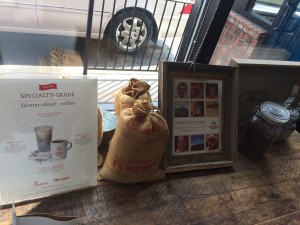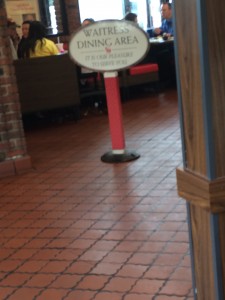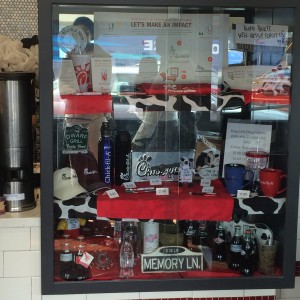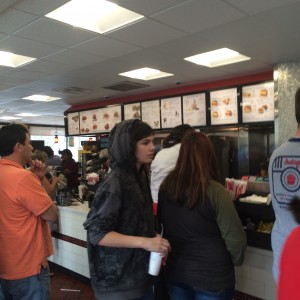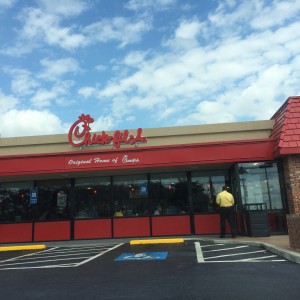#1
Stupich, Martin, 1949-. MARTA. Kenan Research Center, Atlanta History Center, 130 West Paces Ferry Road, Atlanta GA 30305, 2006. EBSCOhost. Web.

Copyright © 2015 Emory University – All Rights Reserved
This book is about the history of Marta. It is intended for gaining knowledge on Marta and its beginnings. This source has helped me identify the rhetoric in this built environment. This book tells when Marta was built and the obstacles it faced going through the years to become the wide spread bus system it is today. I chose this sources because of it fact based content. It provides a background for my exterior built environment, and helps paint a mental picture of what Marta was then compared to how it is now. Using only second hand articles may have more opinion based information. The flaws with this book is its outdated content doesn’t account for new developments and achievements. This book was published in 2006 which is a ten year gap of information. This book relates to my other resources because it offers an unbiased opinion compared to the web articles used.
#2
THOMPSON, CLIVE. “No Parking Here.” Mother Jones 41.1 (2016): 16-25. MasterFILE Elite. Web. 5 Feb. 2016.
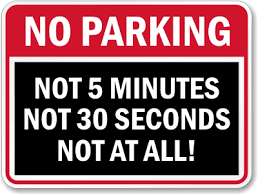
2016, MyParkingSign.com
This journal article is about the availability of space for parking in big cities like Atlanta. It is intended to show the change in car usage of adults who became young adults at the beginning of the millennium, and the environmental impact of creating more parking spaces and vice versa . This journal article describes the overall experience of a driver in Atlanta: the space, parking, ability to locate certain buildings. I chose this journal article because its viewpoint from the people experiencing and living in this built environment. Since this is a personal article, it lacks credibility and is more opinion and experienced based, than experimental and fact based. The author of this journal article also seems biased on the topic making it open to skepticism. This article relates to my other article because it shows that since the availability to maneuver in Atlanta with a car is less than favorable; people are seeking an alternative mode of transportation, Marta.
#3
Connor, Michan Andrew. “METROPOLITAN SECESSION AND THE SPACE OF COLOR-BLIND RACISM IN ATLANTA.” Journal of Urban Affairs 37.4 (2015): 436–461. Print.
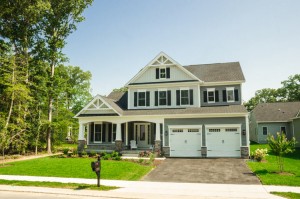
2015 Copyright Heartland Homes
This journal article is about the majority white cities in DeKalb and Fulton County. In 2011 a lawsuit was filed for the desegregation of these majority white cities. The case was voted against for the reason that it not a race issues is a social class divide, and they happen to be majority white. This article relates to an article we have read in class about the use of architect to segregate neighborhoods, and I chose this journal article because it relates to the built environment. This article flaw is that it is a court case that was tried in 2011. In the five years since the case, understanding of discriminating have gotten more attention (i.e. same sex marriage) making this outdated. This article relates to my other articles because of its evidence of how the built environment of high income homes are influencing the need for lower income homes; which, needs more land to build.
#4
Konrad, Miriam Fiedler. Transporting Atlanta. [electronic Resource] : The Mode of Mobility under Construction. 2006., 2006. EBSCOhost. Web.
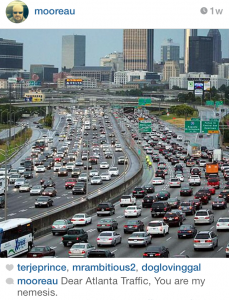
This book was about how the greatest struggles are all centered around mobility and the lack thereof. From years ago starting from ” forty years in the desert, to the middle passage, the Trail of Tears, diaspora, dislocation, expatriation, repatriation, immigration, emigration, access to work, school, play, home and so much more.” This book also talks about how if we add more cars we should add more roads and that would obscure the view, of what we call natural and what is looked to be obvious blurring the lines of progress. Atlanta traffic problem is not just known by people who live there, but travelers know what to expect. The traffic is so bad when talking about Atlanta comedians jokes are often about the traffic. The book talks about how the number of cars rise while the roads seem to shrink.”The built environment both proscribes and describes where and how we are going and the discourse that both reflects and creates that environment too often goes examined.” The government have not taken in account of the growing population not just in people, but in number of drivers we gain each year. Disputes over land usage has slowed the process of expansion and progress in soothing out the main problems we have in Atlanta’s traffic. Since i commute to school I understand the traffic problem. I do not have class till twelve but i have to wake up at nine and leave by ten just to get to school and find parking.
#5
Hankins, Katherine B., Robert Cochran, and Kate Driscoll Derickson. “Making Space, Making Race: Reconstituting White Privilege In Buckhead, Atlanta.” Social & Cultural Geography 13.4 (2012): 379. Advanced Placement Source. Web. 28 Feb. 2016.

This book was about the unchanging world of Buckhead. If you wanted to describe Georgia’s Buckhead you could compare it to Georgetown in Washington. Buckhead is almost identical to the Buckhead in 1990. The mixture of night clubs and old money and around 81 percent white. Unlike Atlanta’s population of whites which is 33 percent. This book describes how the “tradition” of Buckhead population has put aside the growing opportunities for the rest of Atlanta. “This book contributes to our understanding of the ways in which racial discourses materialize in the remaking of the built environment and associated social geographies.”(Hankins, Katherine) This helps my understanding of the built environment because of a previous article discussed in class. To keep certain race of people out, in the past, they used the built environment to create homes too expensive for the minorities. This is still being used today by the markets in Buckhead. “…decades Buckhead had been the epicenter of wealth in Atlanta, characterized by expensive real estate and luxury retail.”(Hankins, Katherine) The six blocks of misunderstood Atlanta has outsider looking into the separation. This article contributes to the built environment description by discovering a space in which the built environment has made exclusive to a consistent group of people.
#6
Konrad, Miriam Fiedler. Transporting Atlanta. [electronic Resource] : The Mode of Mobility under Construction. 2006., 2006. EBSCOhost. Web.

This is a collection of cases where people have witnessed the homelessness in Atlanta. A mixture of religious leaders government officials have commented on the visible homelessness. Most believe that what you do not see does not exist. The homelessness of Atlanta is visible and can be seen on most streets. It was thought that different government programs should be set up to help the different group of people, the visible poor. The cases were collected in waves to show the difference between two times. the 1900s-1970s and 1975-2000. It is easier to hide the poverty now then it was in the past. To hide the poor we use the built environment to tear down older buildings and build new expensive places. These actions force the poor out and away from the public eye. The religious leaders took the plan to recognize visible homelessness by giving shelter to those in need. When the number of visible homeless grew but the space the churches had to house them did not, then is when the population began to see the problem at hand. “he experience of sheltering and the confrontations with downtown business and political leaders fostered the development of frames with greater complexity and highlighted internal contradictions in the movement.” In my opinion the visible homeless are growing more rapidly then building being reconstructed and built. To fix the problems we have we must first identify them.
#7
“ATLANTA: THE HEART OF THE SOUTHEAST—AND SO MUCH MORE.” Inc. 38.3 (2016): S1–S13. Print.
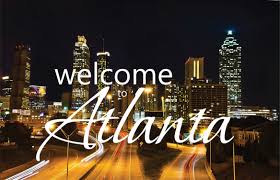
With the same accessibility, opportunities and slightly better weather then New York and San Francisco, Atlanta is a booming City. “It’s true. Add… a booming tech scene, strong public-private partnerships, and an airport that provides easy access to every corner of the country and the world, … that no growing company can afford to ignore.” No one large company takes over this city, unlike others, which is opens up many different opportunities. This journal also tells how Atlanta has a lower cost of business then other cities which is good for new and small businesses to thrive. Mayor Kasim Reed has made sure that a number of polices have been passed so that Atlanta is pro-growth and pro-business. In this pro-economy city unemployment has dropped to only 5.5 percent (inc. 38.3). This article will help me show how even though Atlanta is a thriving business place there is still a large homeless population.
#8
Zagoudis, Jeff. “Exploring a New World.” Roads & Bridges 52.8 (2014): 38–41. Print.
If you live in Atlanta you know about its really busy one way streets and lack of greenery. If you don’t live in Atlanta i am sure you have heard of its horrible traffic problems. This article is about the master plan to reconstruct one of the streets of Atlanta, Ponce De Leon Avenue. This includes the ideas of a new affordable housing units and adding trails and parks. When you think of Atlanta you dont think of parks and accessibility you think of headaches one way turns and streets no pass after 5 o’clock. The reconstruction of this street will give a whole new light on the way people not only how people live and get around Atlanta but also think of it before visiting.
#9
Pearce, John L. et al. “Characterizing the Spatial Distribution of Multiple Pollutants and Populations at Risk in Atlanta, Georgia.” Spatial and Spatio-temporal Epidemiology (2016): n. pag. EBSCOhost. Web.
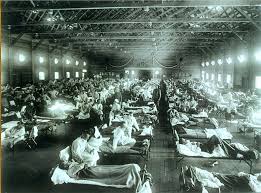
This was study/ experiment on self organization of maps of geographic information, and how they put pollutants and populations at risk. It describes the areas of which pollutants are most likely be in the air and what populations live there and how far it stretches in to urban areas. This experiment is considered to be trust worthy because of the length,7 years, it took to gather all the information. I will use this information to show that we are squeezing so much in the city of Atlanta that we are exposing our selves to higher levels of pollutants to a small are, but a huge population.
#10
Saghini Cole, Karen. UPS and Zoo Atlanta. [electronic Resource] : A Case Study on Corporate Social Responsibility. 2008., 2008. EBSCOhost. Web.
This thesis is about the Atlanta citizens view on Atlanta corporations that are in the “lime light’ of society.The main focus was on Zoo Atlanta and UPS. What you see in the media may not be the real picture. If we take out of the media influence on how we view these large corporations and the responsibility they take for the good of the company. “Specifically, the project uses a case study of UPS and its support of Zoo Atlanta to further test these relationships in a true-to-life scenario.” You will find that this reveals the corporate efforts to communicate come to our attention in two ways. “First, by serving as a framework to evaluate future corporate giving programs and to better understand company reputation; and second, by understanding the importance of strategically positioning one’s company as a good corporate citizen.” I can use this article to show how just because Atlanta is a huge market and businesses use this knowledge, population and space to build there business. The idea i am trying to get across with my built environment analysis is that Atlanta has a lot of space but no room to grow.





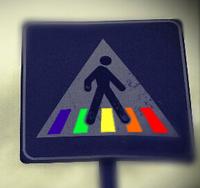 (CW)
(CW)